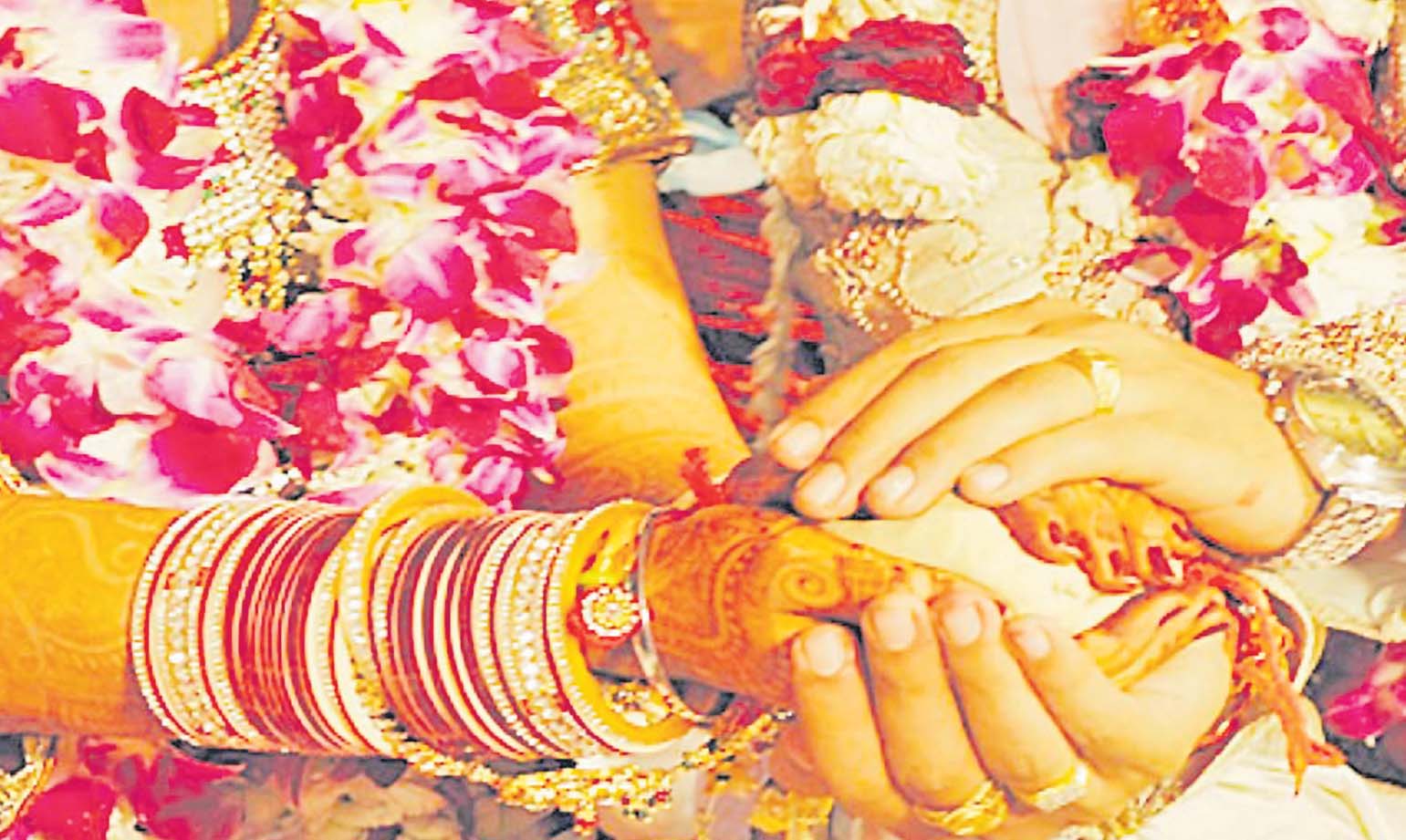This article, drawing on my own personal experience over the years, focuses on the many internal Indo-Fijian racisms, which might equally be described by Vesikula’s metaphor “kerosene does not mix with water” and his statement “race is a fact of life” even if both are being eroded as Fiji moves towards a multiracial society, pushed along by the young folk especially, and the forces of globalisation. I conclude by suggesting that Fiji’s political leaders can either destructively perceive our multicultural diversity as “forces that divide us” (as our political dinosaurs have in the past), or they can constructively use the diversity as a wonderful asset that can enrich our lives, both spiritually and materially (as in the tourism industry). I first “cast stones” in my own family glass house, which not only illustrates the racism of Gujarati against Hindustani (ie non-Gujarati Indo-Fijians), but also the great progress made within just one generation, of racial barriers breaking down, holding much hope for Fiji’s future.
Gujarati racism: a family journey
Gujarati are the descendants of an exclusive group of Indians from Gujarat, who migrated freely to Fiji, in contrast to most other Indians who came as indentured labourers for the colonial sugar industry.
Parental attitudes to interethnic marriages are an interesting barometer of racial prejudices and how they have changed in just 30 years. Gujarati children, especially girls, were discouraged from marrying Hindustani, with the occasional elopements scandalising the Gujarati society.
My dhobi (rajput) community (originally laundry people) are but one of the many “castes” within Gujarati who previously did not intermarry – i.e. not even with other Gujarati groups like the sonar (goldsmiths), kshatriya (military or ruling caste), darji (tailors), patel (village chiefs), mochi (shoemakers), etc… Some were considered upper castes and some lower castes going right down to the “untouchables”.
Forty years ago, my parents were very happy when one of my sisters (number two out of four) married another Gujarati boy from our own dhobi community.
But my Hindu parents expressed strong opposition to my marrying a Chinese girl. While they may have had the usual Indian and Hindu prejudices (“don’t Chinese eat beef, cats, and dogs”?) their plea to me was: “Who will marry your sisters if you marry a Chinese girl?”
So this marriage was postponed, eventually for a decade. Then sister number one caused great parental alarm by insisting on marrying a Hindustani boy from a Labasa cane farming family, a bright USP graduate, who would later achieve academic and constitutional fame in Fiji.
My parents reluctantly agreed, but the marriage conveniently took place in Vancouver where the groom was studying for his Masters Degree and my older brother was available to fill in on my parents’ behalf.
But very soon after, when sister number three decided to marry a Canadian Punjabi, my parents’ attitudes had changed enough to host this wedding in Fiji, with the full Gujarati rituals and celebrations, with my parents stoically putting up with the expected snide remarks from within their community at a Punjabi groom, even though he was a Hindu.
Yet another barrier was broken when my parents did not object to sister number four marrying a British/Australian kaivalagi fellow student at Cambridge, with the wedding taking place in Canada and attended by my parents.
By this time my two brothers had obligingly married two Gujarati girls from India, the weddings occurring in Fiji with the usual grand expensive Gujarati celebrations.
Eventually, with my sisters’ marriages “out of the way”, my parents also agreed to my marrying my Chinese lady, conveniently and very cheaply for them occurring in a British registry office, thereby also denying my Fiji dhobi community an early taste of the Chinese feasts they appreciate so much today.
My parents got along fine with their Chinese daughter-in-law, and my mother began adding soya sauce to some of her recipes.
But an indicator of the positive future of multiracialism in my own family, was that my parents adored all the grandchildren and great grandchildren who came along, whatever their Gujarati, Hindustani, Punjabi, Chinese, white Australian, Scottish, English, Jewish, German components.
The extended mataqali of all the families associated with my wife and I are even more international in character, including Australian, British, Maltese Australians, Malaysian Chinese, and Polish Americans, all happening in one generation.
My children have had the good fortune to grow up in a lovely rich environment of doting Chinese and Gujarati grandmothers, uncles and aunts.
With double-barrelled Indian and Chinese names, they are ready for the new world order, dominated by China and/or India.
I am comfortable with multiculturalism because I grew up in multiracial Toorak, attended the then multiracial schools like Marist Primary and Marist Brothers’ High School.
I had many multiracial friends among USP colleagues and students, YWCA and Fiji civil service, my university studies in NZ, Jamaica, and UK, and my extended mataqali comprising the families of my wife’s and my siblings.
Similar multicultural environments are being replicated through most schools and workplaces in Fiji which are now becoming racially integrated, despite lingering pockets of racial concentration: Indian College is now 80 per cent indigenous Fijian.
There are dozens of Gujarati families in Fiji who have made the same transition as mine, over the past few decades. More and more Gujarati families are accepting non-Gujarati marriage partners for their children.
Some of these marriages work, and some don’t, just like any other marriage. Of course, Gujarati racism against Hindustani has not disappeared: Gujarati privately still look down on the Hindustani and call them “kakka” (not to be confused with kaaka or uncle).
But racism against me personally as a Gujarati came as a total shock.
• PROF WADAN NARSEY is one of the region’s senior economists and a regular commentator on political and economic issues in Fiji. The views expressed in this article are not necessarily the views of The Fiji Times.



